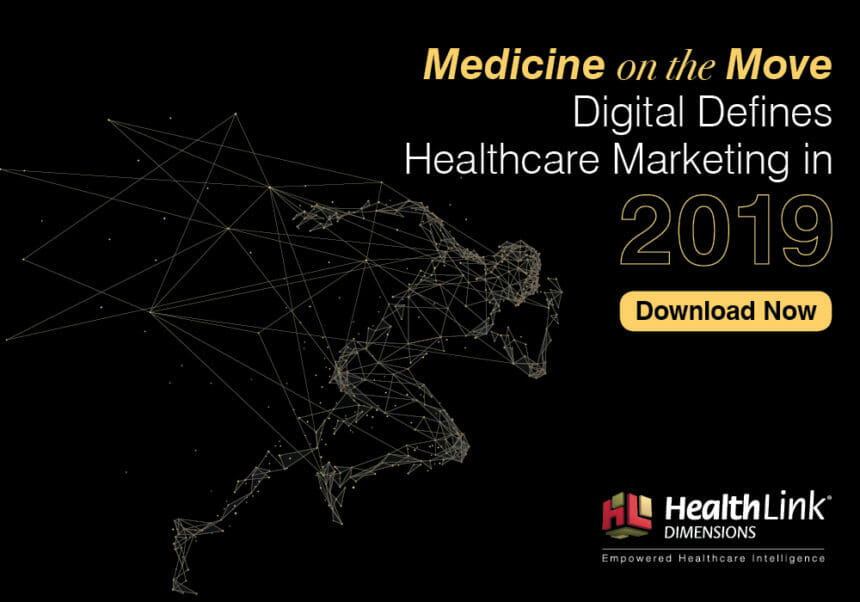One of the pleasures of our annual HCP Communication Survey is that we get to track the evolution of our industry, guided by the direct feedback of healthcare marketing recipients. Each year’s results confirm some of our hunches heading into the survey – and challenge us, too, as the industry grows in fascinating and sometimes unexpected ways.
Our 2019 survey reveals that we are entering one of those transitions. While email remains the preferred means to receive information, how and where healthcare professionals read emails is changing. This transition also reflects a growing willingness to accept targeted, data-driven communications through means beyond email.
What the numbers say
Survey results confirm that healthcare professionals overwhelmingly continue to favor email over other means of outreach. However, those emails get read on smartphones now, rather than desktops, laptops, or tablets.
Increasingly large numbers of healthcare professionals come from generations that grew up on mobile technology and always-available internet. They want answers at the touch of a finger, cleanly formatted, comfortably read on screens of any size.
More importantly, healthcare professionals want to retain control over how and when marketers attempt to make contact. This need stems from a demand for respect, combined with an ever-increasing workload in which downtime is a highly valued commodity.
What it means
Google, Facebook, Snapchat, Instagram, and ESPN are benchmarks for usability in the non-medical world. Healthcare marketers who can present high caliber content that’s similarly easy to find and consume will have a built-in advantage over the rest of the industry as digital transformations continue.
Email, especially on mobile devices has significant limitations: short length, minimal formatting, no rich media. Those restrictions open the door to broader digital marketing efforts such as programmatic targeting. For savvy marketers, that crucial link connects top of mind awareness with the willingness to click and learn.
Broader digital marketing acceptance also generates openings for pass-along information, such as patient education and similar materials that patients expect to be available from their providers. By making the transfer of information seamless and transparent, marketing professionals gain the trust of multiple audiences and cement future growth opportunities.
Be prepared for what’s next
While medical marketing remains conservative compared to consumer marketing, this gap will continue to close as younger generations move into higher levels of the industry. Organizations who develop high-quality data, sophisticated digital targeting and tracking, and an integrated approach to digital marketing will have a decided advantage over the competition.
The augmentation of email with programmatic outreach and integrated digital healthcare marketing campaigns is underway. The keys to increasing engagement, both now and in the future, will be quality of information, as well as proper context and framing for marketing outreach. Whether your marketing is managed in-house, outsourced, or blended, the time is now to build the infrastructure that will take advantage of healthcare professionals’ growing acceptance of digital marketing.
There’s a lot more useful information within Healthlink Dimensions’ 2019 HCP Communications Survey report. Download your copy. We found its results to be both eye-opening and encouraging for digital healthcare marketers. We’re sure you will, too.
Christopher Lee is president of HealthLink Dimensions.








